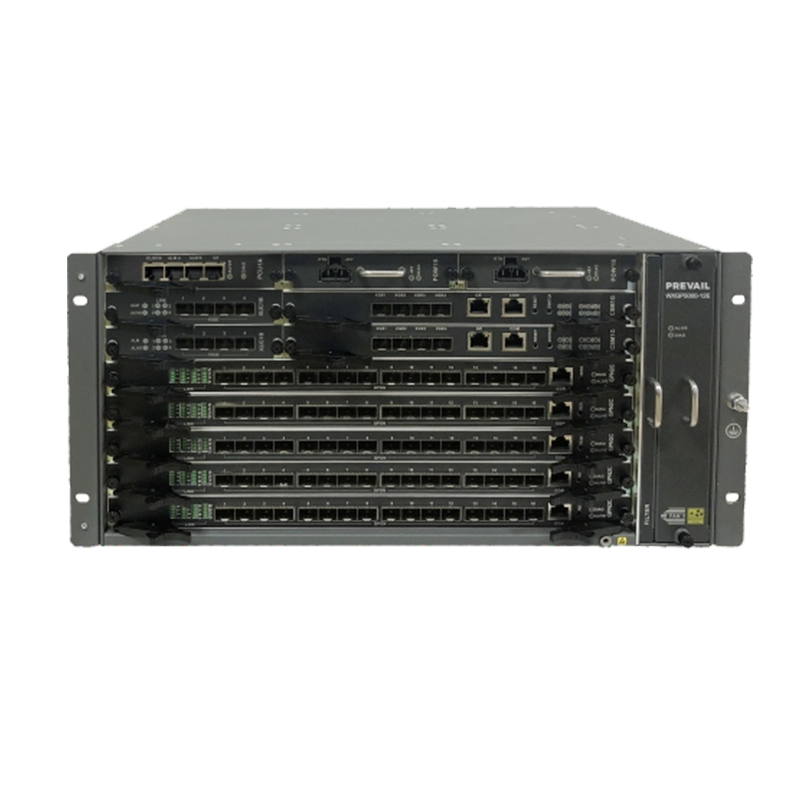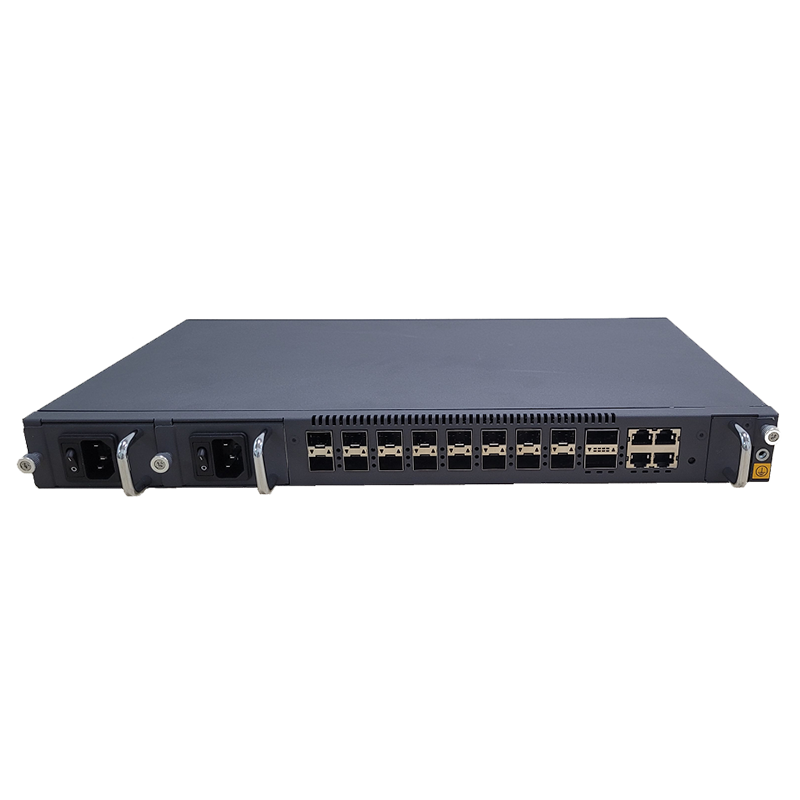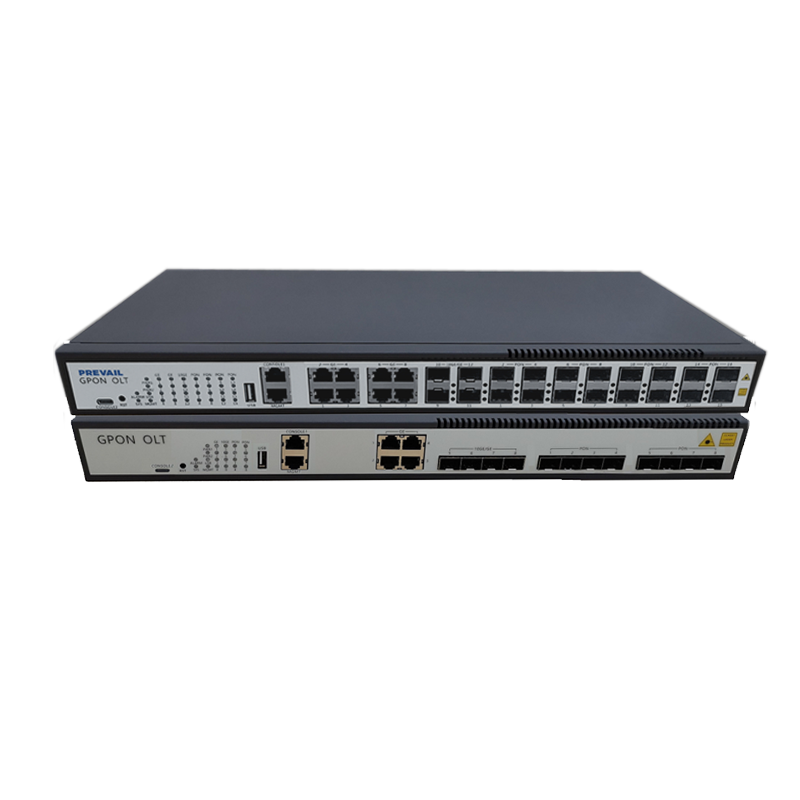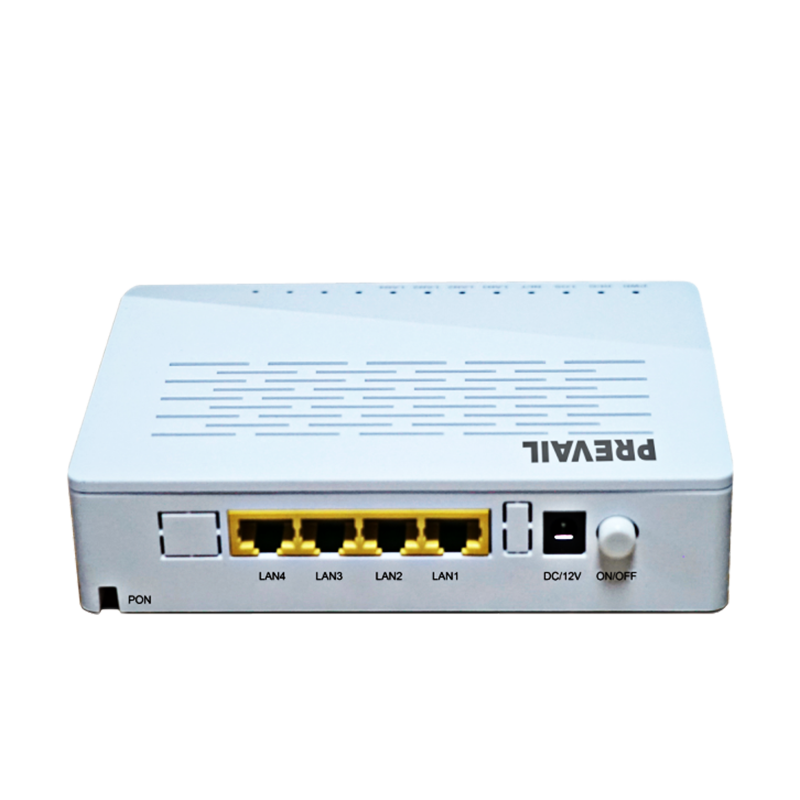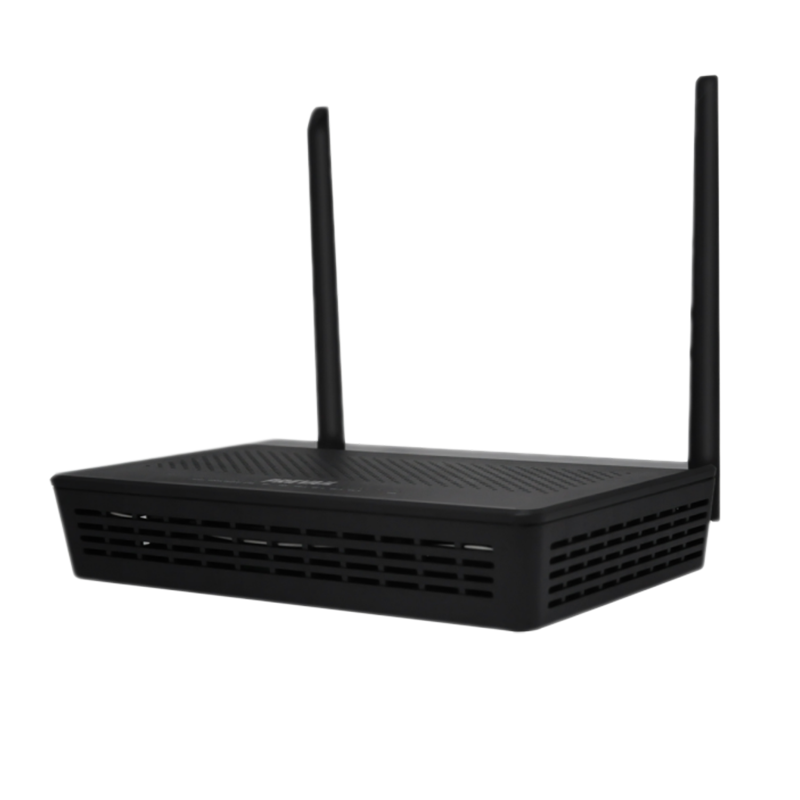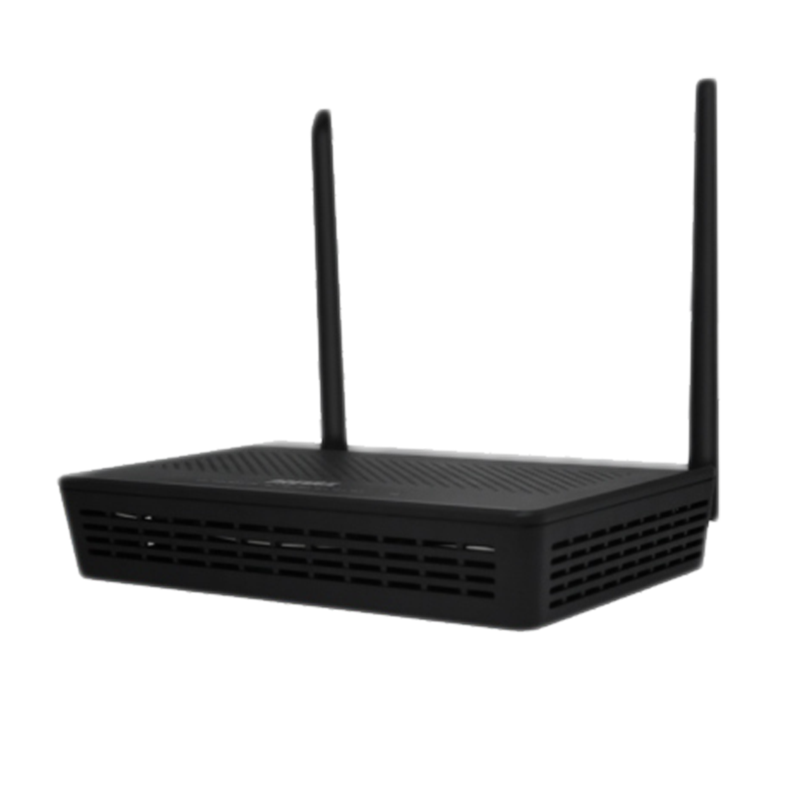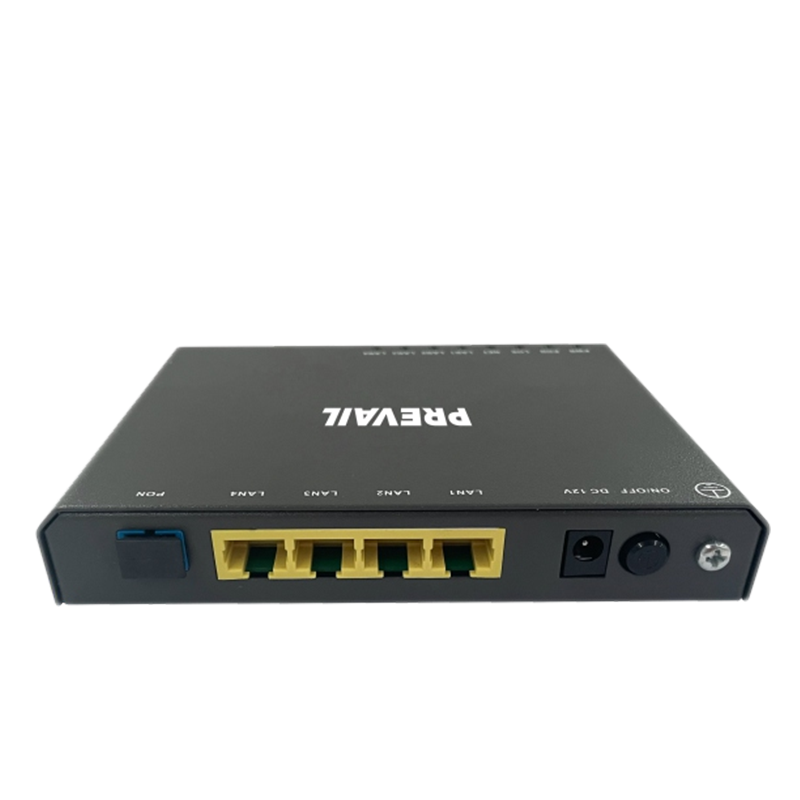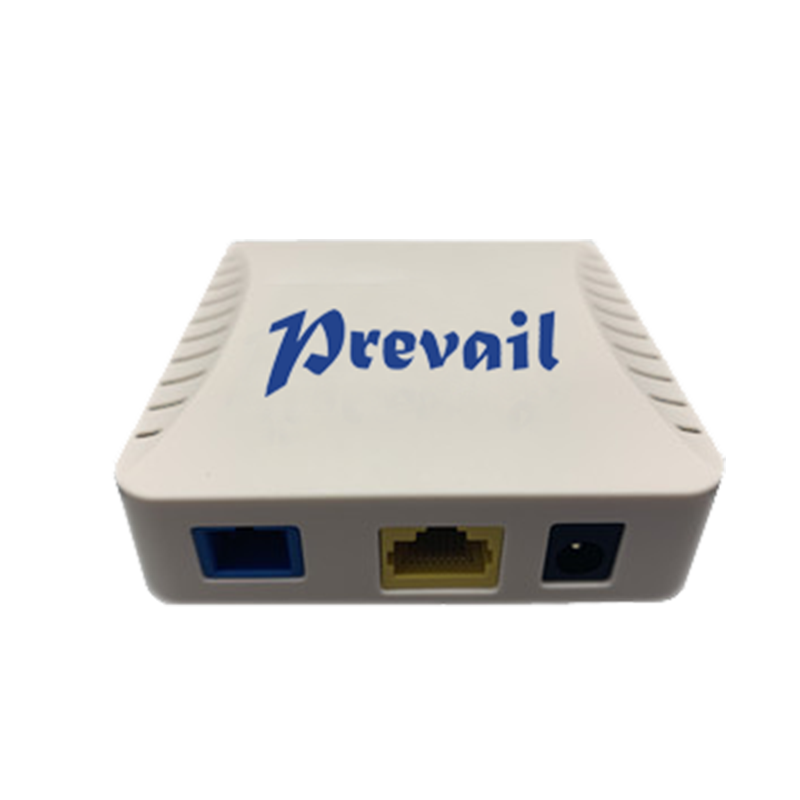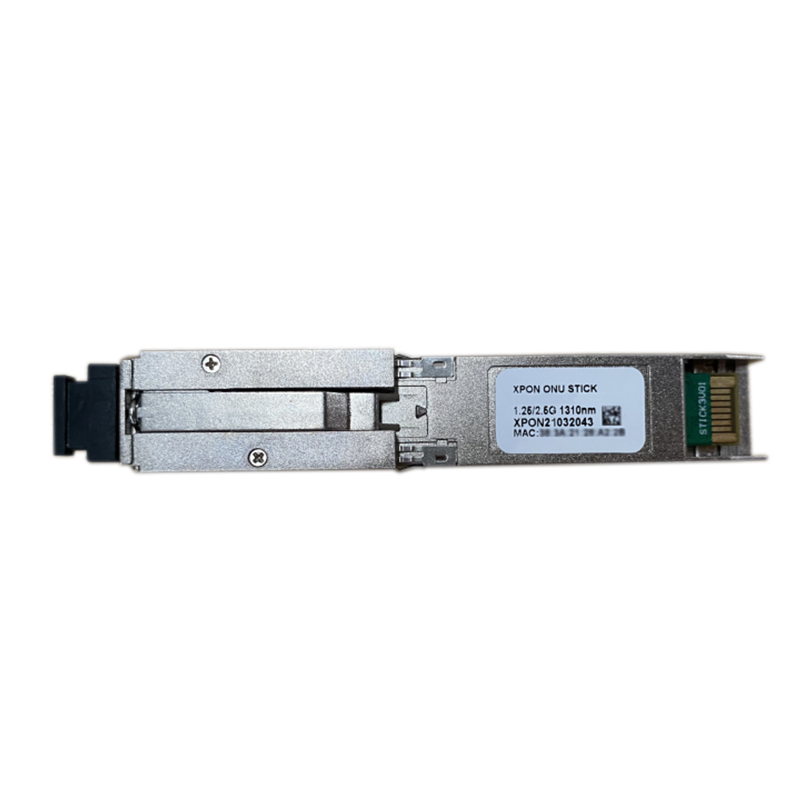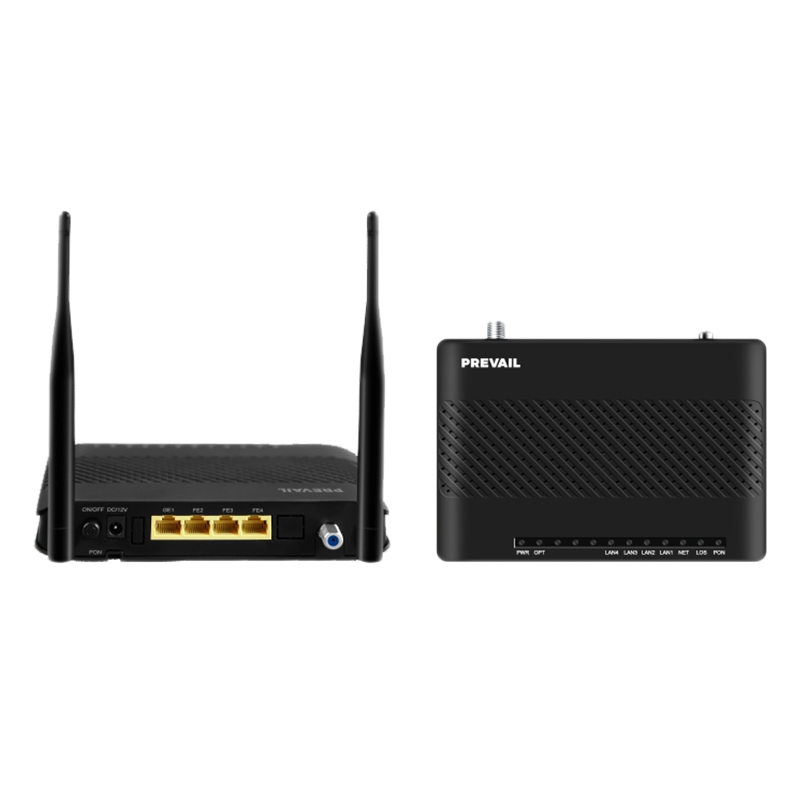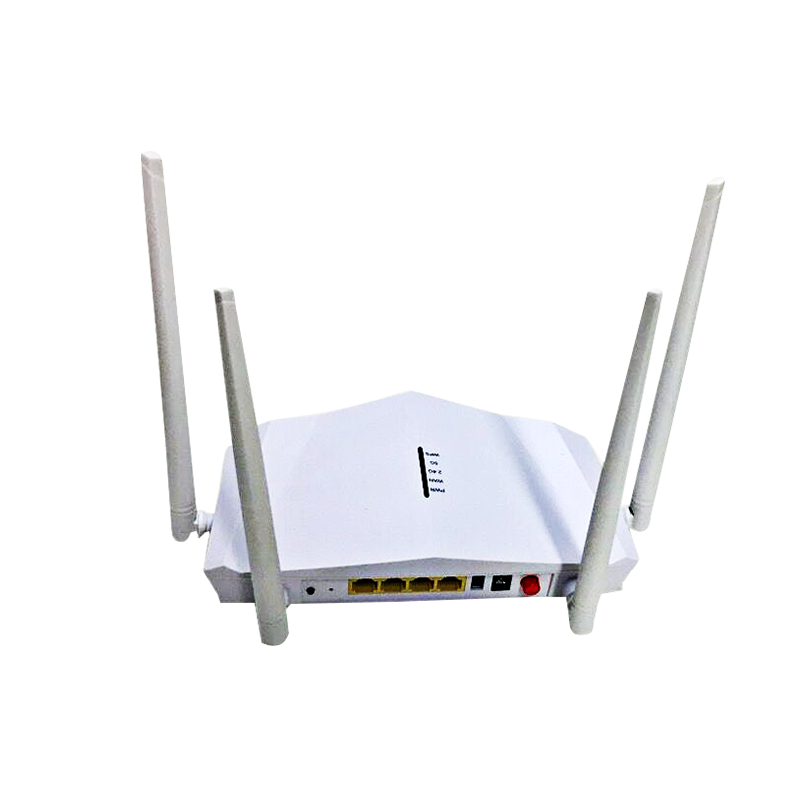What type of Optical Communication Equipment technology is most suitable for the intended application?
The choice of optical communication equipment technology, such as single-mode fiber (SMF) or multi-mode fiber (MMF), depends on several factors related to the intended application. Here are some key considerations to help determine the most suitable type for your needs:
Single-mode fiber is typically used for long-distance communication due to its lower attenuation and higher bandwidth capabilities. It is suitable for applications requiring transmission over distances greater than 300 meters (about 1000 feet). Multi-mode fiber, on the other hand, is more common for shorter distances, such as within buildings or campuses.
Single-mode fiber offers higher bandwidth and is capable of higher data rates over longer distances. If the application requires high-speed data transmission, SMF might be the better choice.
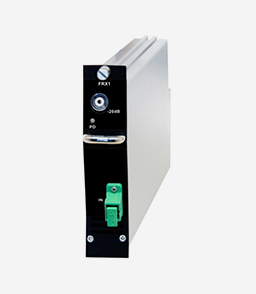
Multi-mode fiber is generally less expensive than single-mode fiber, both in terms of the fiber itself and the equipment used with it, such as connectors and transceivers. If cost is a significant factor and the application does not require long distances or extremely high bandwidth, MMF could be a more economical option.
If you anticipate the need for higher bandwidth in the future, single-mode fiber may be a better investment, as it can support upgrades more easily than multi-mode fiber.
The type of connectors and transceivers used in the system must be compatible with the type of fiber. Single-mode and multi-mode fibers require different types of connectors and transceivers, which can affect the overall system design and cost.
The environment in which the fiber will be deployed can also influence the choice. For example, single-mode fiber is less affected by interference and signal degradation over long distances, making it more suitable for outdoor or challenging environments.
Different applications have different requirements. For instance, data centers often use multi-mode fiber for short-distance, high-bandwidth connections, while telecommunications providers may use single-mode fiber for long-haul transmission.
In summary, the decision between single-mode and multi-mode fiber should be based on the specific needs of the application, including distance, bandwidth, cost, compatibility, and environmental factors.





